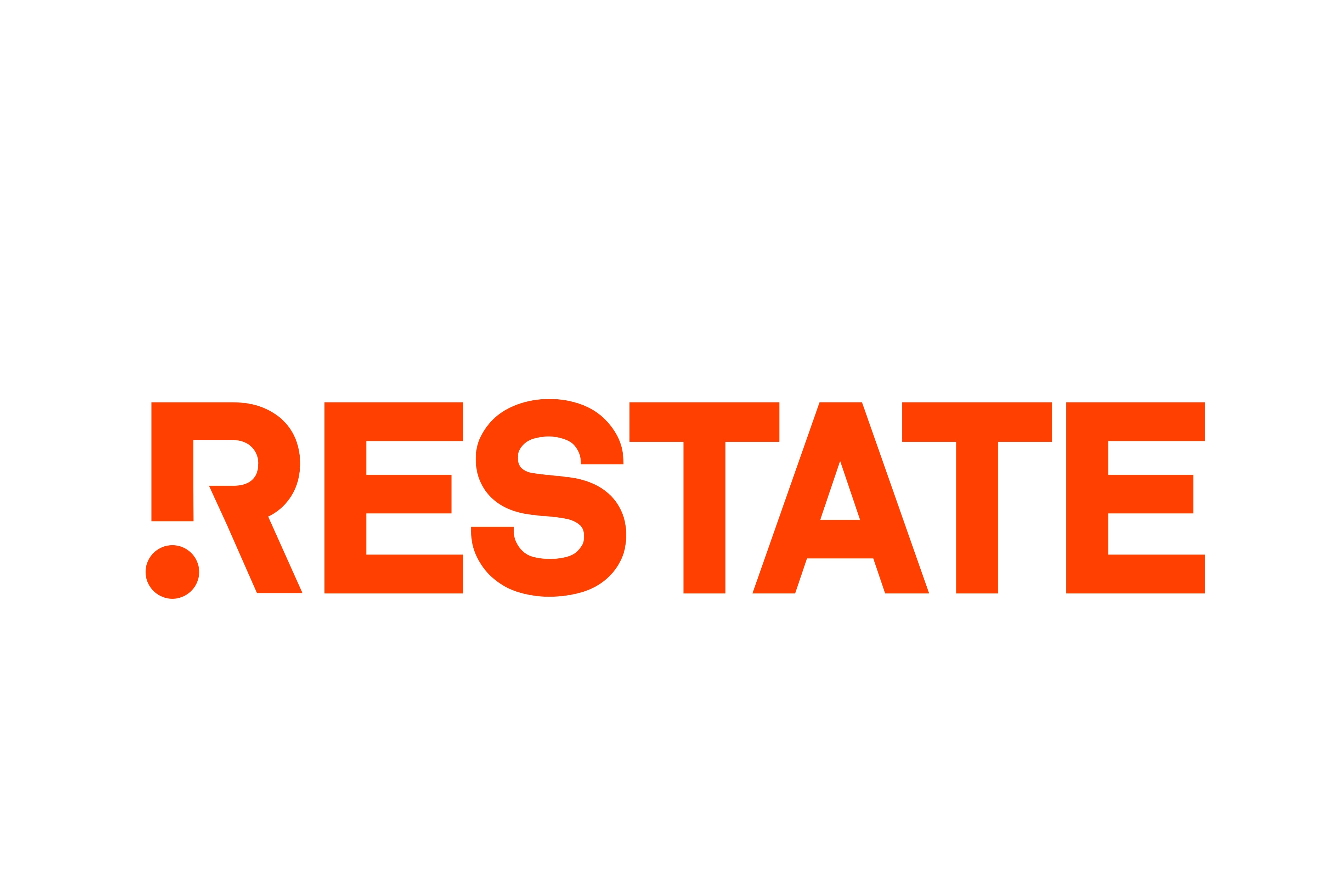The importance of swot analysis in property development
SWOT Analysis is a strategic planning tool used to evaluate the Strengths, Weaknesses, Opportunities, and Threats involved in a project or business venture. It involves specifying the objective of the business venture or project and identifying the internal and external factors that are favorable and unfavorable to achieve that objective.
For property developers, investors, and commercial clients, SWOT Analysis is an indispensable tool. It provides a clear framework for analyzing the internal dynamics of a project as well as the external market conditions and trends. This comprehensive understanding is crucial for making informed decisions, mitigating risks, and capitalizing on opportunities in the volatile real estate market.
Components of SWOT Analysis
Strengths are the attributes of the project or organization that give it an advantage over others. In property development, this could include a prime location, innovative design, financial stability, strong brand reputation, or advanced technology.
Weaknesses are characteristics that place the project or organization at a disadvantage relative to others. Common weaknesses in property development might include limited funding, planning restrictions, or a lack of experienced personnel.
Opportunities refer to the external chances to improve performance in the environment. For property developers, this could mean emerging markets, regulatory changes, or shifts in consumer preferences that favor the project's offerings.
Threats involve external factors beyond your control that could place the project or strategy at risk. These are often related to economic downturns, increased competition, or changes in market demand.
Conducting a SWOT Analysis
Conducting a SWOT Analysis begins with an assessment of the internal factors. This involves a thorough review of the project's resources, capabilities, and past performance. It requires honest introspection and sometimes difficult acknowledgments about where improvements are needed.
Identifying external factors requires research into market trends, industry analysis, and competitor benchmarking. This step is critical for understanding the landscape in which the property development project will operate.
With a comprehensive SWOT Analysis, developers can create strategic plans that leverage strengths, address weaknesses, exploit opportunities, and defend against threats. This results in a more robust and resilient development strategy.
SWOT Analysis in Action
(Content related to case studies has been omitted as per instructions)
Best Practices for SWOT Analysis in Property Development
Engaging stakeholders in the SWOT Analysis process ensures a diversity of perspectives and enhances the accuracy of the assessment. Stakeholders can provide insights that might not be apparent from an internal viewpoint alone.
Property markets are dynamic, and a SWOT Analysis should not be a one-time activity. Regular reviews allow for adjustments in strategy in response to changing conditions.
While SWOT provides a solid foundation, it is most effective when used in conjunction with other strategic planning tools such as PESTLE analysis or Porter's Five Forces. This integration allows for a more comprehensive strategic approach.






Comments (0)